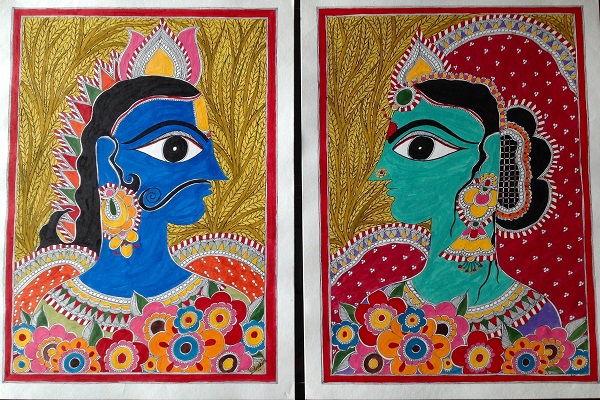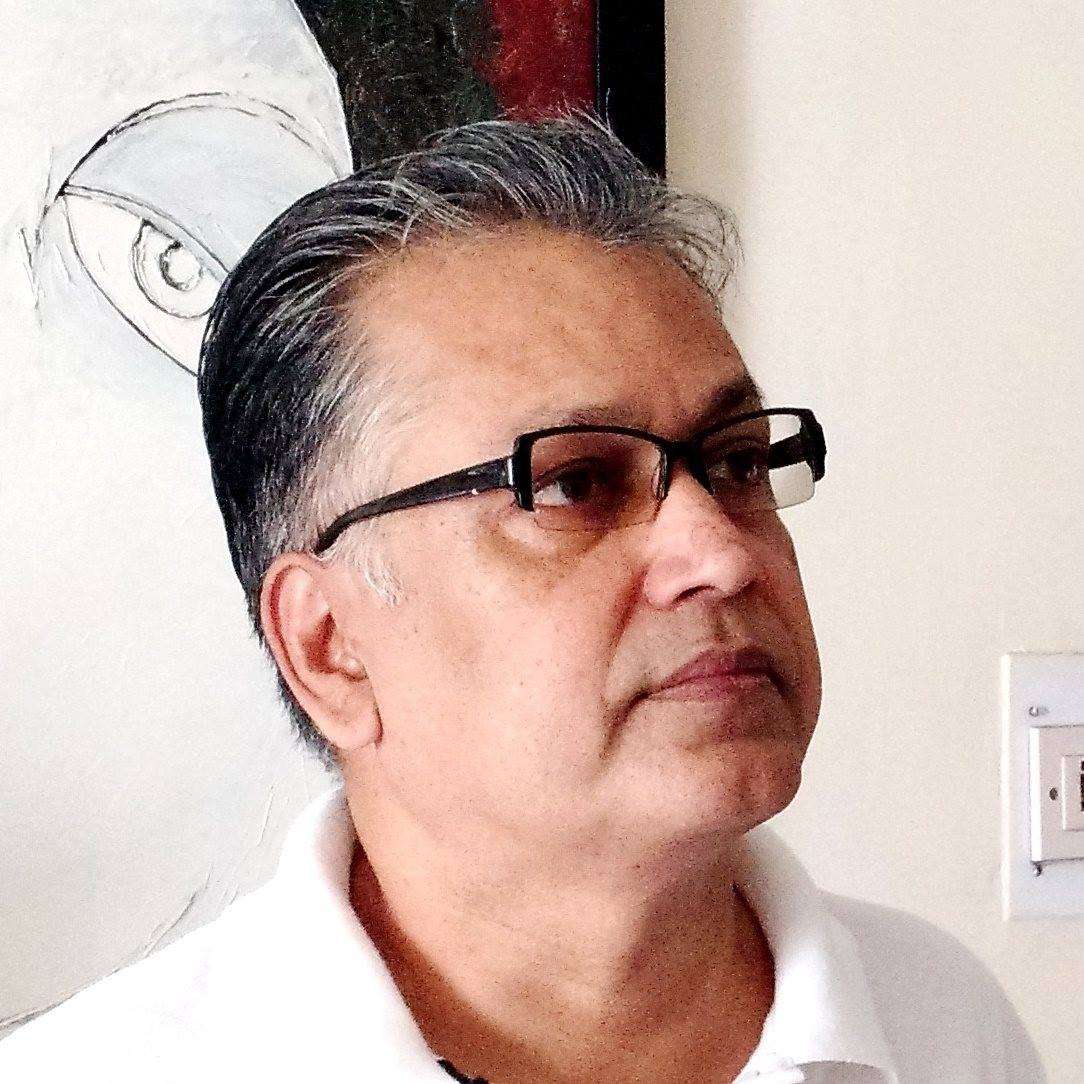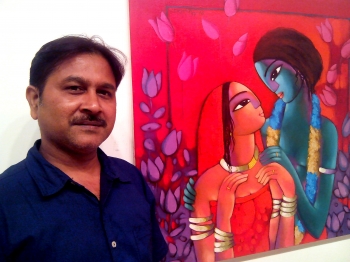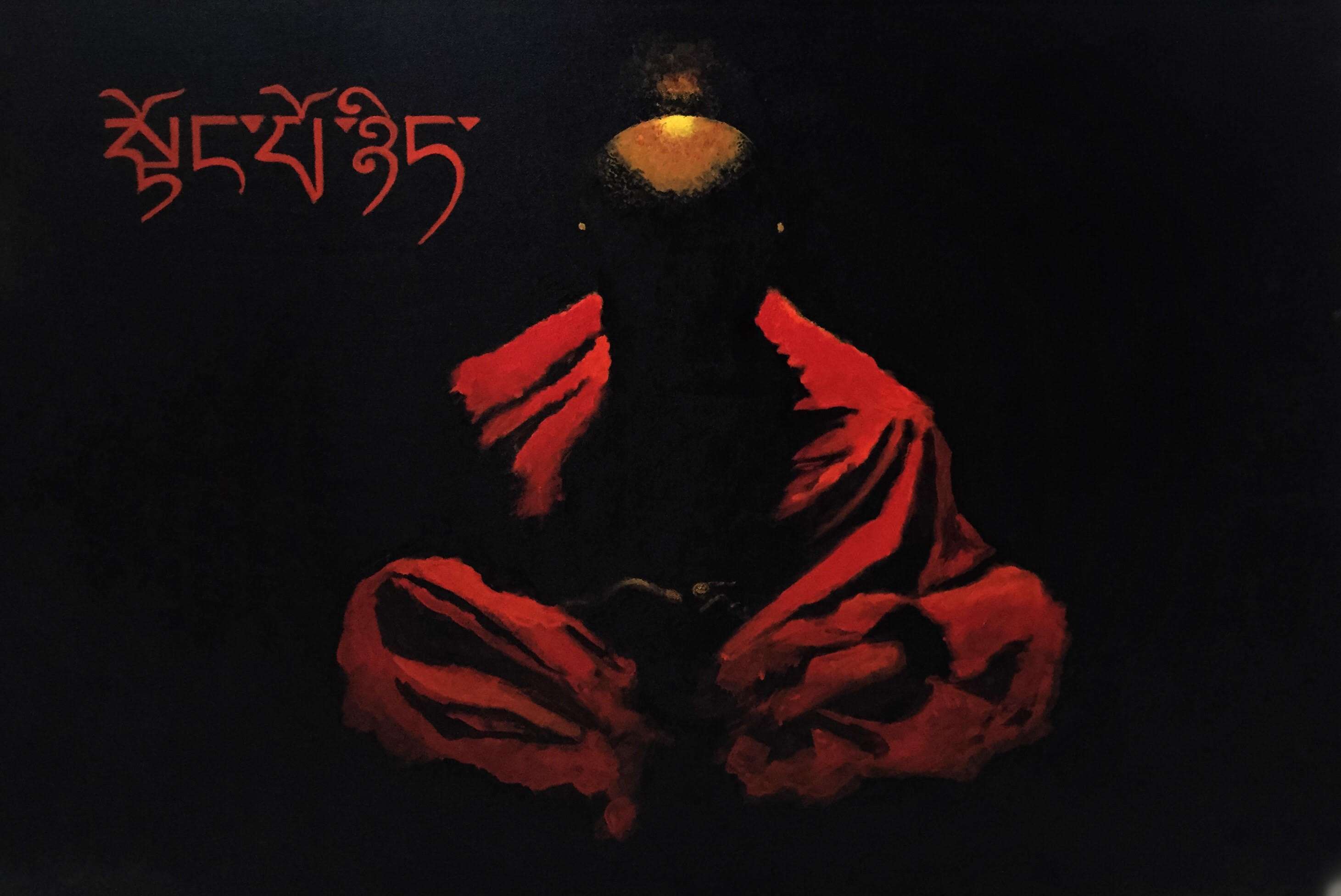
The vibrant, diverse, and enchanting traditional paintings and crafts of India reflect the country's rich cultural diversity. Various painting styles may be found around the world, each embodying tradition, conventions, and ideas passed down from generation to generation. Most Indian painting styles were previously only available as wall paintings or murals. Urbanization eventually transferred these painting forms to paper, canvas, and cloth, among other things. Indian painting styles are a superb illustration of artistic expression through basic yet distinct compositions, as well as a representation of the indigenous lifestyle.
The following are some popular Indian folk painting styles:
Madhubani Paintings
Madhubani, a form of wall art that originated in the Mithila region of Bihar, is one of India's most well-known folk traditional paintings. This magnificent art style was unknown to the outside world until British colonial William G. Archer found it in 1934 while surveying the devastation caused by the great Bihar earthquake. The stunning paintings on the exposed internal walls of the dwellings astounded Archer... Madhubani's appeal stems from its straightforward and emotive depiction of culture and tradition. The designs feature eye-catching geometrical patterns, symbolic imagery, and mythological settings. Madhubani stands out from other painting genres because of its combination of vibrant colors and simple designs. Bharni, Katchni, Tantrik, Godna, and Kohbar are all varieties of Bharni.
Warli Paintings
The 2500-year-old Warli painting culture in Maharashtra's Thane and Nasik districts is tightly related to the tribe's natural and social rituals. Farming, dancing, hunting, worshipping, and other daily activities of the local people are depicted in Warli paintings. Traditionally, women drew vivid drawings with rice paste on the mud walls of tribal dwellings to signify harvest or wedding celebrations. Everyday life scenarios are depicted using simple geometrical patterns in white against a red or yellow background. With its linear and monochrome tones, Warli art is reminiscent of prehistoric cave paintings.
Kalighat Paintings/ Bengal Pat
The Kalighat painting style emerged in Calcutta's Kali Temple neighborhood around the mid-nineteenth century. The Kalighata Pata moniker comes from a group of people called "patuas," who created these designs on paper. They painted simple yet intriguing themes of everyday life and mythological deities, which evolved into the famed kali ghat style of painting. Earthy Indian colors like indigo, ochre, Indian red, grey, blue, and white are commonly used by Kalighat painters. The Kalighat style of painting is characterized by its fast, smooth, free-flowing shape. Many artists have been influenced by this painting style, the most notable of whom is Jamini Roy.
Phad Traditional Paintings
Phad is a Rajasthani narrative scroll painting tradition that dates back over a thousand years. On horizontal cloth scrolls in red, yellow, and orange, stories of local deities and heroes are painted. Battlefields, adventure stories, legendary romances, and the wealth of Indian princely realms are shown in the Phad scrolls. The folk artists' ability to incorporate several storylines in a single piece while maintaining the beauty of artistic expression is awe-inspiring.
Kalamkari
Traditional narrative scrolls and panels were made using this 3000-year-old organic art of hand and block printing. This wonderful folk art is heavily influenced by Persian patterns. Kalamkari, which draws its name from the word kalam, or pen, is an Andhra Pradesh tradition that has been passed down from generation to generation. Kalamkari textiles feature stylized animal forms, floral themes, and mehrab designs that are common in Kalamkari paintings. Earthy colors like indigo, green, rust, black, and mustard are commonly used in kalamkari art.
Miniature Paintings
The Mughals brought the miniature painting to India in the 16th century, and it is considered a watershed moment in Indian art history. It evolved into a separate style influenced by Islamic, Persian, and Indian influences. The painting is done on a paper-based "wasli" with real stone hues. The miniatures feature mineral colors, precious stones, conch shells, gold, and silver. Miniature painting is distinguished by its fine brushwork, intricacy, detailing, and stylization. The miniature painting style has evolved into numerous schools of miniature painting across India, including Kangra, Rajasthan, Malwa, Pahadi, Mughal, Deccan, and others.
Gond Traditional Paintings
The Gondi tribe of central India created these bright paintings using a sequence of precisely organized dots and dashes. The tribals use considerable detail, rich design, and vibrant colors to reproduce mythological tales and oral histories, traditional songs, natural surroundings, key events, and ceremonies. Colors were traditionally generated from natural materials such as cow dung, plant sap, charcoal, colored dirt, mud, flowers, and leaves. Gond artisans now paint on paper and canvas with commercial water-based paints. Gond art has evolved from a tribal art form with unknown artists to include internationally renowned artists such as Jangarh Singh Shyam, Venkat Shyam, Bhajju Shyam, and Durga Bai Vyam, to mention a few.
Kerala Murals
The bright Kerala mural paintings are one of the world's most famous frescos, illustrating Hindu mythology, epics, the legendary frolics of Krishna, as well as the mystic forms of Siva and Shakti, and have deep spiritual foundations. They also tell the stories of some renowned heroes from the past. This classic art style, which dates back to the seventh and eighth centuries AD, is known for its vibrant images, powerful strokes, and vibrant colors. Kerala mural painting primarily uses ochre-red, yellow-ochre, bluish-green, white, and pure hues.
Patachitra
Patachitra is an Odisha-based cloth scroll painting tradition with mythological and religious themes. Patachitra painting style is known for its bold, powerful outlines, brilliant colors like white, red, yellow, and black, and ornamental borders. It is adorned by art lovers all around the world.
Pichhwai
Pichwai began as wall hangings in Krishna temples in Nathdwara, behind the main deity. They recount legends about Lord Krishna. With the commercialization of the Picchwai style of art, secular themes are gradually introduced. Picchwais are elaborate and colorful pieces of art with hidden symbolism in the themes. This unique devotional painting activity has been passed down through the generations and is an excellent illustration of spirituality through art.
Rajput Paintings
Rajput paintings, also known as Rajasthani paintings, developed and flourished in the Rajputana royal courts of Rajasthan in the 17th and 18th centuries. The main examples are the Hindu epics Mahabharata and Ramayana, as well as incidents from Hindu mythology. The paintings are very detailed and filled with vivid colors. The hues are created using minerals, plant sources, clams and shells, vegetables, and even valuable stones. In addition, pure gold and silver were used. The brushes are made of squirrel hair, and they are quite sensitive. The process of creating these colors can take weeks or months.
Rajput paintings were commonly found on palace walls, inner chambers of forts, and Havelis. There are two types of Rajput paintings: Rajasthani and Pahari. Rajput courts in Rajasthan are depicted in the Rajasthani style, whereas Rajput courts in the Himalayan foothills are depicted in the Pahari style.
Conclusion:
The beautiful art and craftsmanship of India reflect the country's diverse cultural heritage. Paintings from various locations are passed down from generation to generation, each symbolizing a different tradition, custom, or philosophy. Despite the fact that mythology and nature are overlapping subjects, each of these paintings has its own unique beauty and flair. These primitive art forms, all manufactured with natural dyes and colors, will transport you back in time and leave you speechless.
You can also buy paintings online with Online art galleries such as Indian Art Ideas. They offer great deals on Traditional paintings.





















